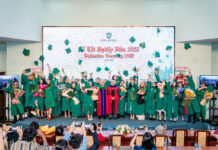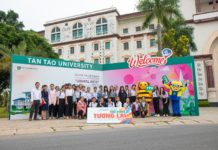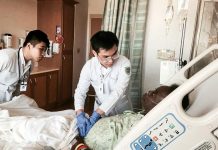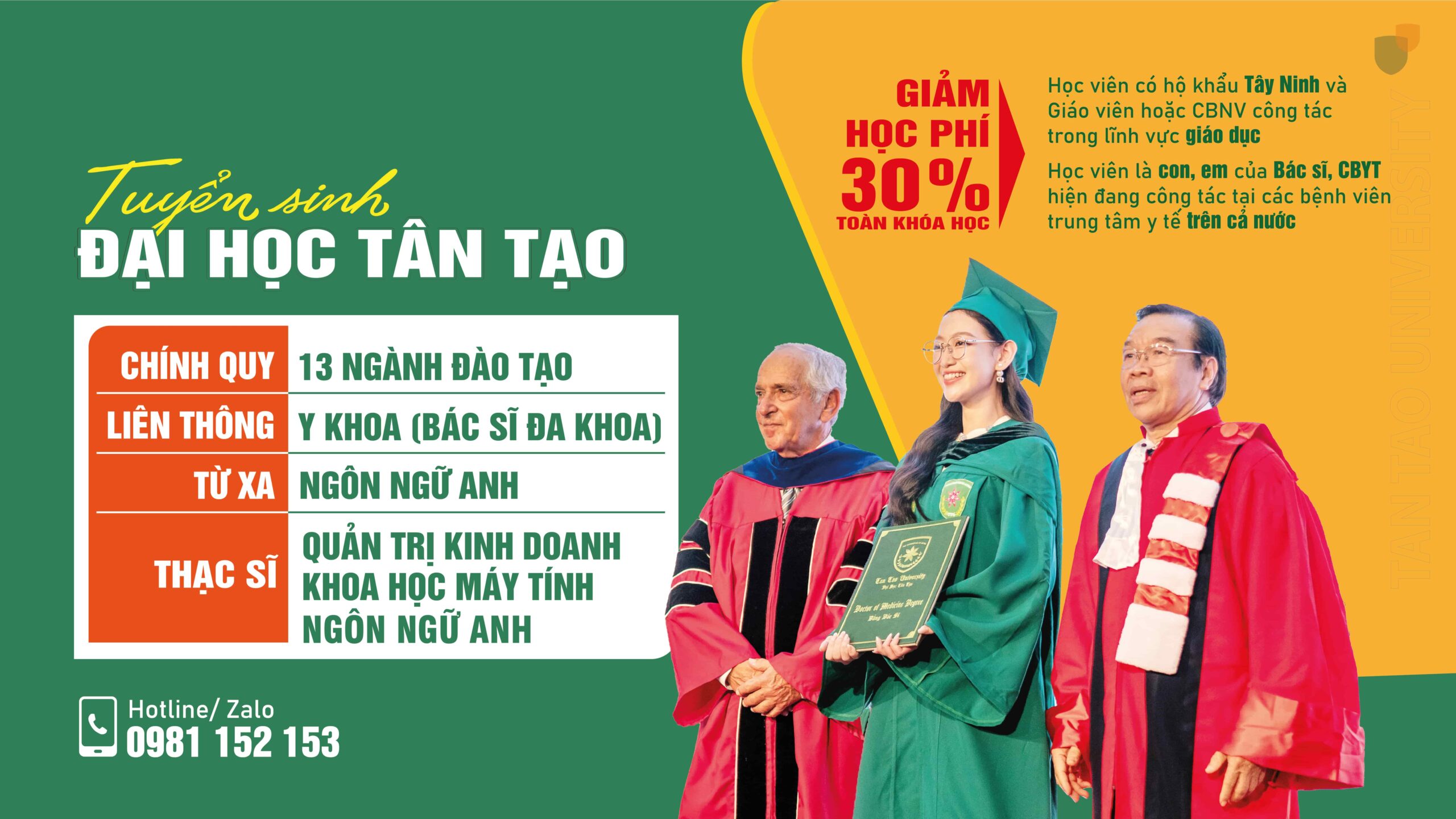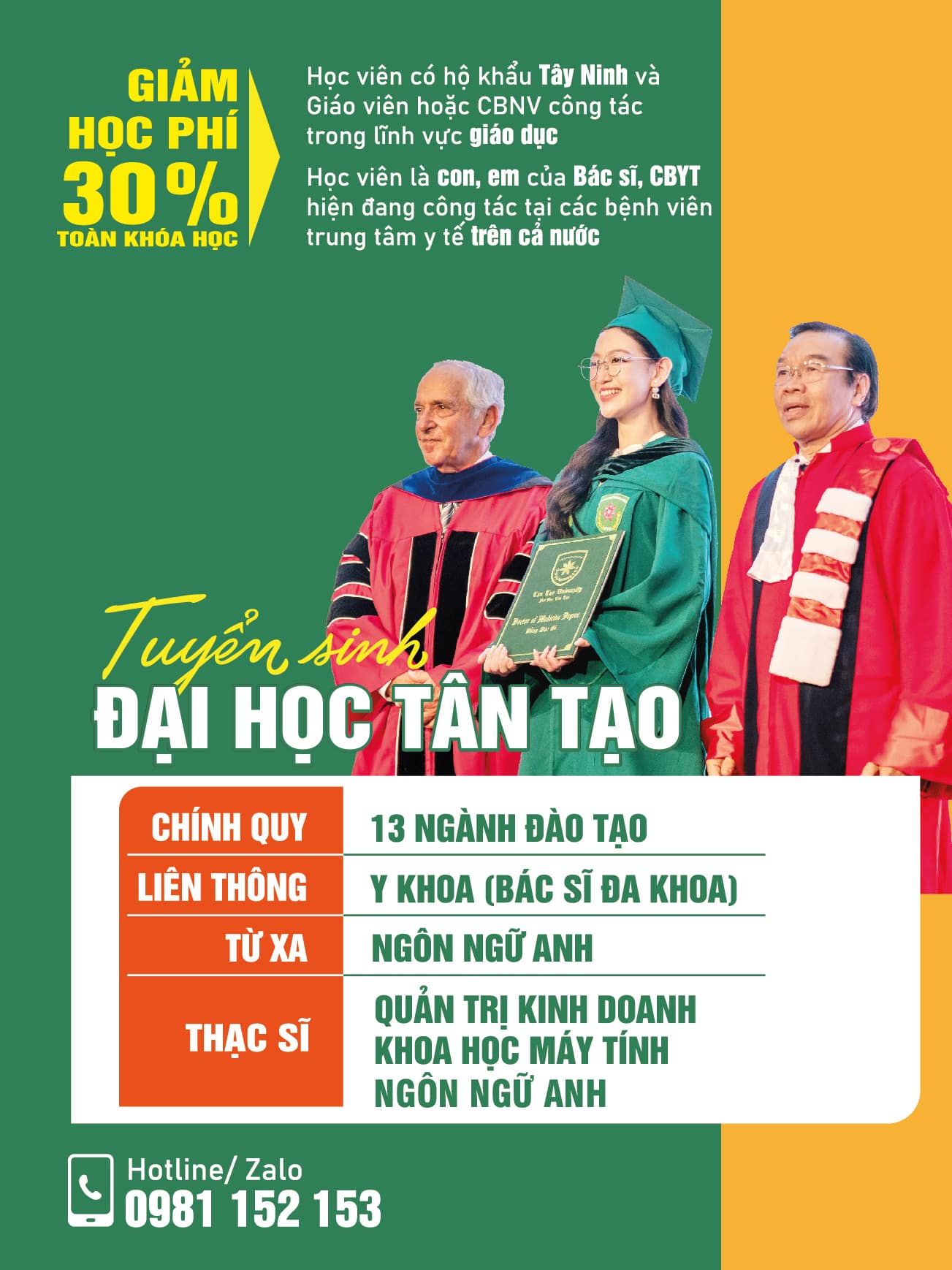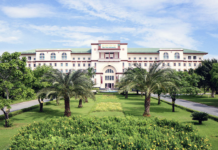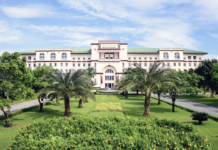Regarding to the good news that the fifteen most outstanding and eligible third year students from School of Medicine of Tan Tao University will be selected to participate in the medical clerkship program at hospitals in the United States under the cooperation program between TTU and U.S. hospitals. The first group of eight students will do the medical clerkship from May 23, 2016 to July 15, 2016, and the second group from August to September, 2016. U.S. doctors were invited to Tan Tao School of Medicine to talk about the job and medical clerkship in the U.S.
Dr. Tran Van Hau
The most expensive and longest training
In the U.S the medical training is the most expensive and the tranining time is the longest. The average time of a well-trained doctor is 11 years (including 4 years in the university, 4 years in medical school, 3 years (or 5 years) of resident and then doing subspecialty). Dr. Tran Van Hau graduated from University of Medicine and Pharmacy, HCMC and NYIT-College of Osteopathic Medicine, NY, USA introduced: “The course of study is divided into two roughly equal components: pre-clinical and clinical. Pre-clinical study typically comprises the first two years and consists of classroom and laboratory instruction in core subjects such as anatomy, biochemistry, physiology, pharmacology, histology, embryology, microbiology, pathology, pathophysiology, and neurosciences. Once students successfully complete pre-clinical training, they generally take Step 1 of the medical licensing boards, the USMLE step 1 (for MD- Doctor of Medicine) or the COMLEX level 1 (for DO – Doctor of Osteopathic Medicine).”
Dr. Thach Nguyen
The difference between MD and DO
Dr. Thach Nguyen, Vice Dean of Tan Tao Medical School elaborated more: “MD is doctor. All doctors are MD. Specialists are also MDs. DO is almost like MD. They learn a little more on osteopathy. So in Michigan State U, MD and DO students take many classes together. Then the DO students will take separate courses on osteopathy. Before, the majority of DO are general internists or family physicians. However now, the DO can be seen in subspecialty. In the past, it is easier to enter the DO school than the MD school so many students go to DO school.However, now the entry of the DO school is also very competitive.”
Upon completion of medical school, the student gains the title of doctor and the degree of M.D. or D.O. but cannot practice independently until completing at least an internship and also Step 3 of the USMLE (for M.D.) or COMLEX level 3 (for D.O.). Many medical schools organize their curricula following systems, such as cardiovascular system, nervous system, musculoskeletal system, etc. Each system integrates anatomy, physiology, pathology, microbiology, etc.
Tan Tao medical student
Clinical study
The clinical component usually occupies the final two years of medical school and takes place almost exclusively on the wards of a teaching hospital or, occasionally, with community-based physicians. The students observe and take part in the care of patients under the supervision of resident and attending physicians. Rotations (also known as clerkships) are required in internal medicine, surgery, pediatrics, family medicine, obstetrics/gynecology, psychiatry and neurosciences. Beyond these, a variable number of specialty electives are required. Additionally, students are generally required to take sub-internship rotations where they will perform duties at the intern level. During the third or fourth year, most medical students take Step 2 of the medical licensing boards (USMLE Clinical Knowledge (CK) & Clinical Skills (CS) (for M.D.) or COMLEX Cognitive Evaluation & Performance Evaluation (for D.O.).
Tan Tao medical student’s clerkship schedule
Tan Tao medical students will take their rotation in many hospitals in San Francisco, Chicago, Hobart IN and attend general medicine courses held from May 19 to 20 at McCormick Place, Chicago. For students who like cardiology, they can attend the 12th C3 meeting in Orlando FL from June 28 to July 1 and the 5th Annual Chicago Cardiovascular Update organized by the Northwestern Memorial Hospital, Chicago, IL from July 7-9, 2016.
Taking part in the rotation, there are the medical students coming from Indiana University School of medicine, from other states, Michigan, Ohio, Illinois, etc or from abroad (Germany, Spain, etc). The students will be divided in groups rotating in medicine, intensive care units, nuclear medicine, cardiology, surgery, family practice. Each day, the students will have lectures, presentations, clinical rounds, case presentation etc. During the 2 month clerkship, the students will have one trip to Indianapolis visiting the main medical school campus of Indiana University. Then there is meeting with US congressman Peter Visclosky from Norther Indiana and Mr. Joe Donnelly – the US senator from Northern Indiana.
Quỳnh Anh




